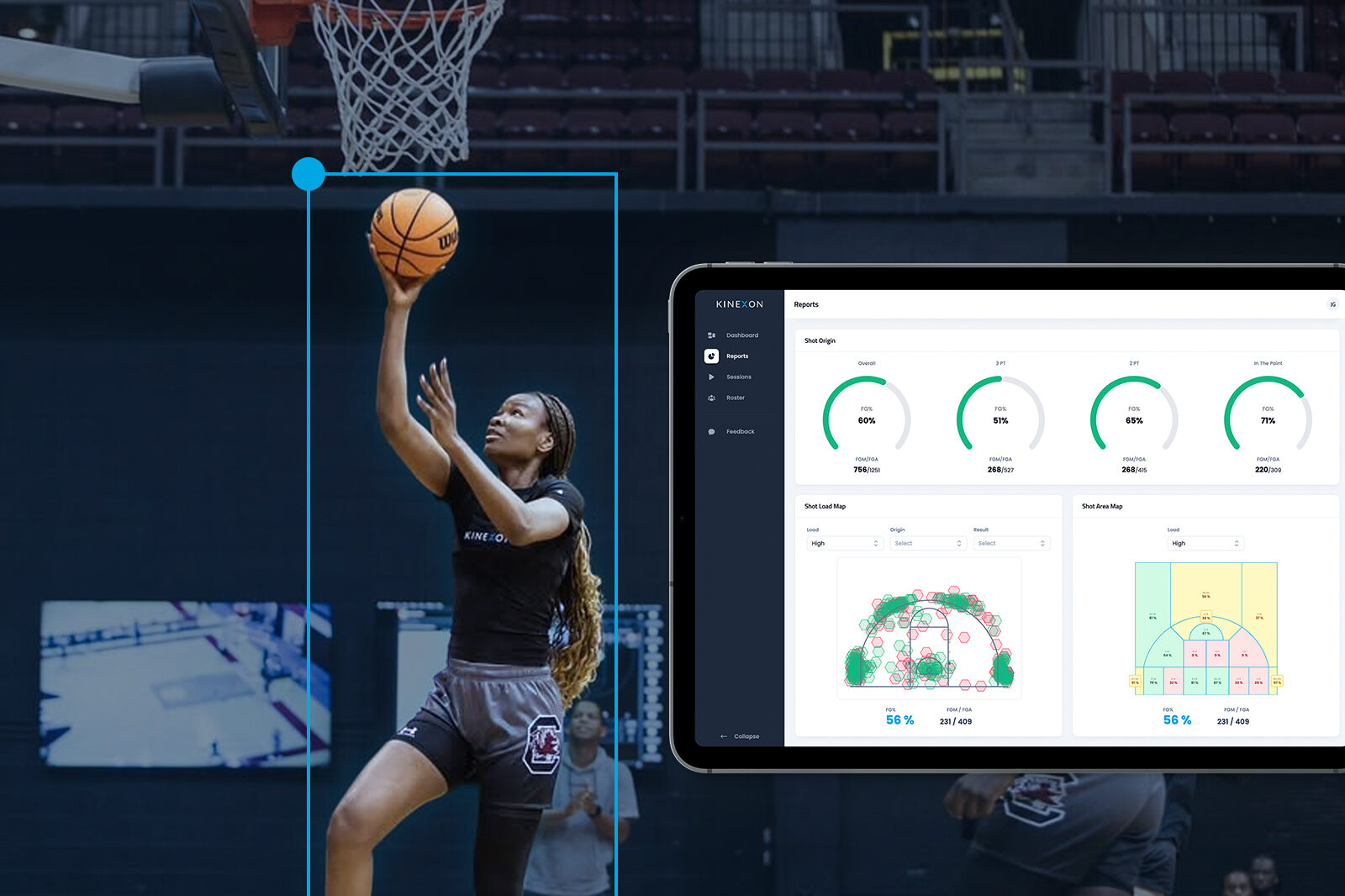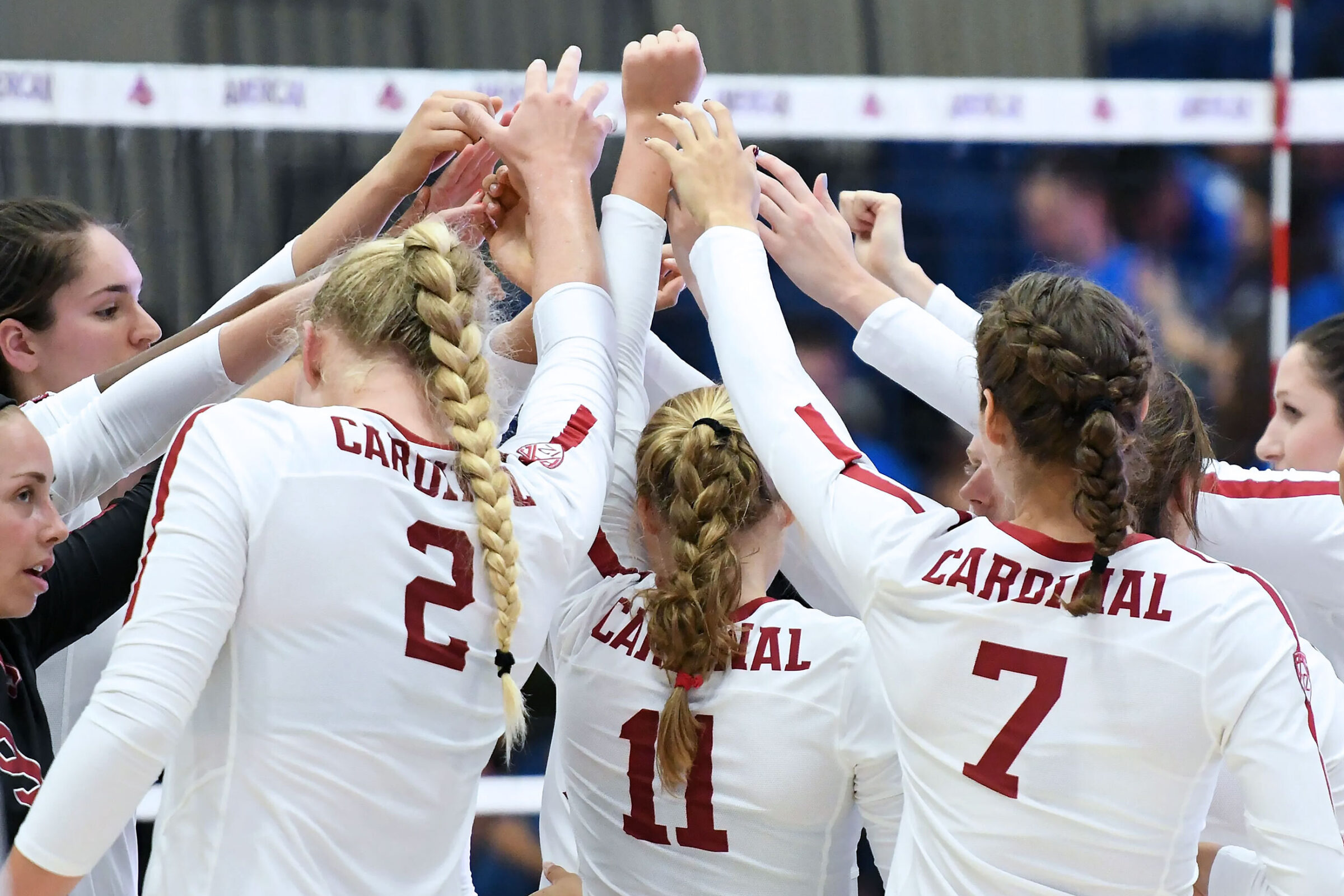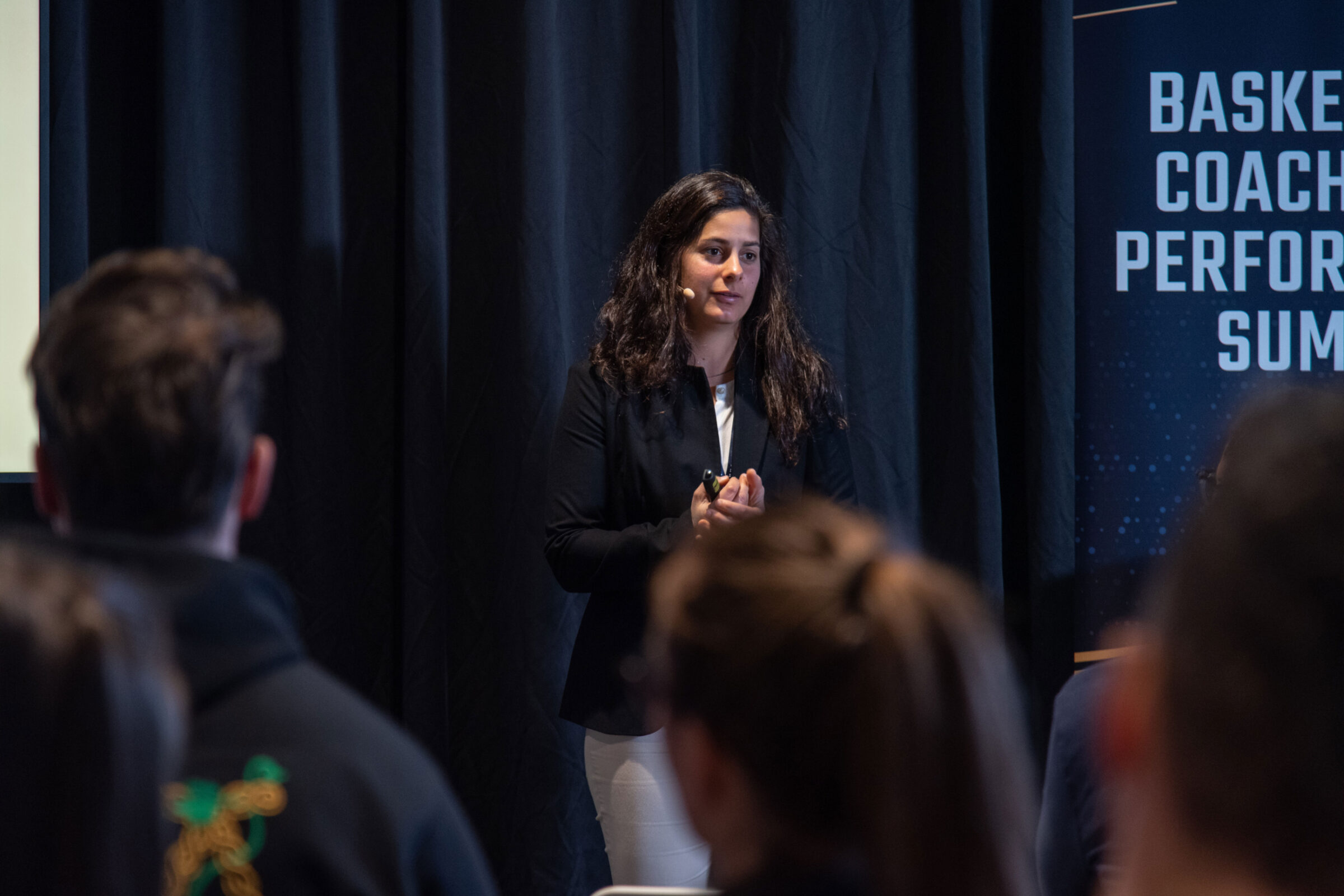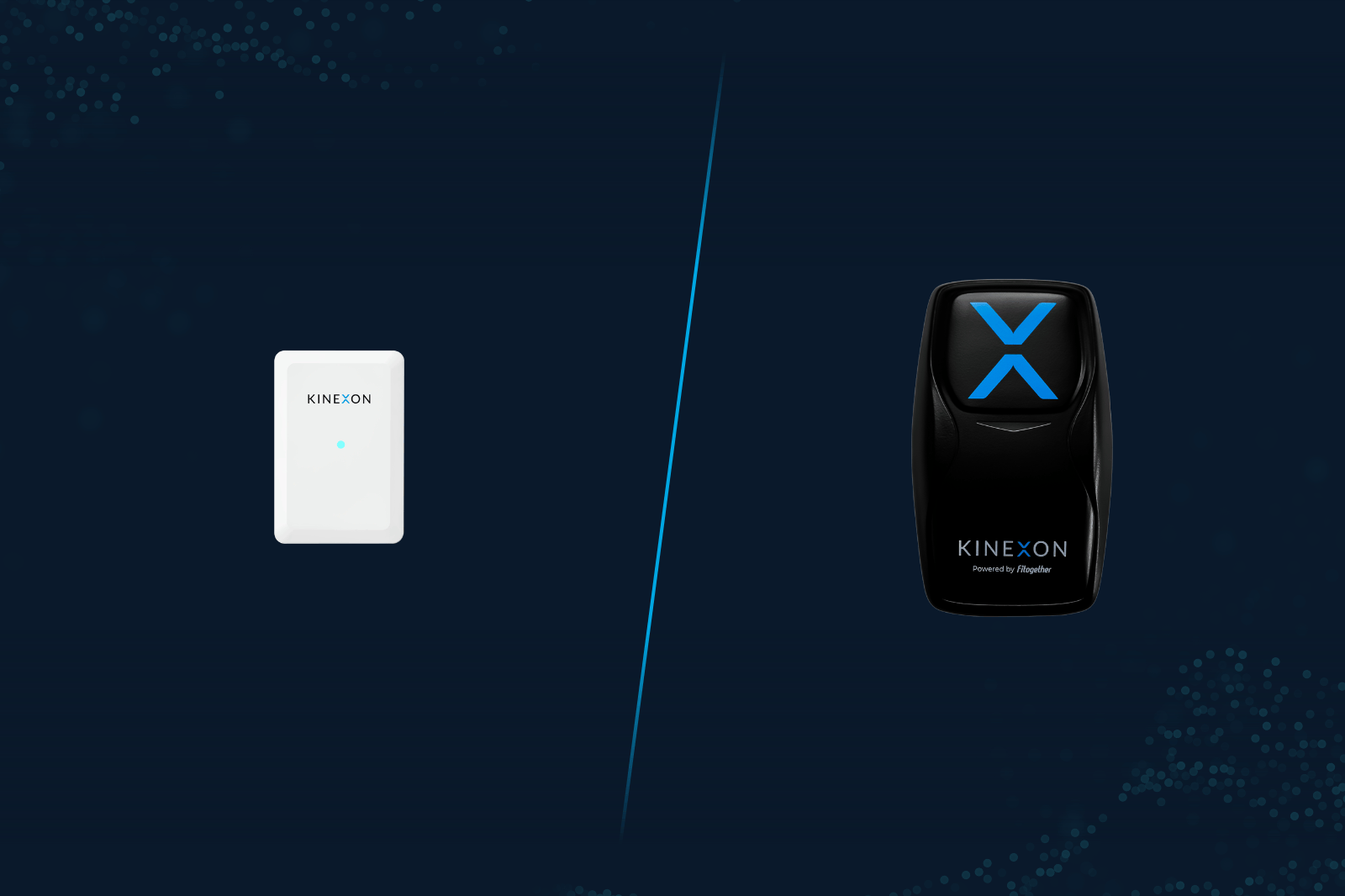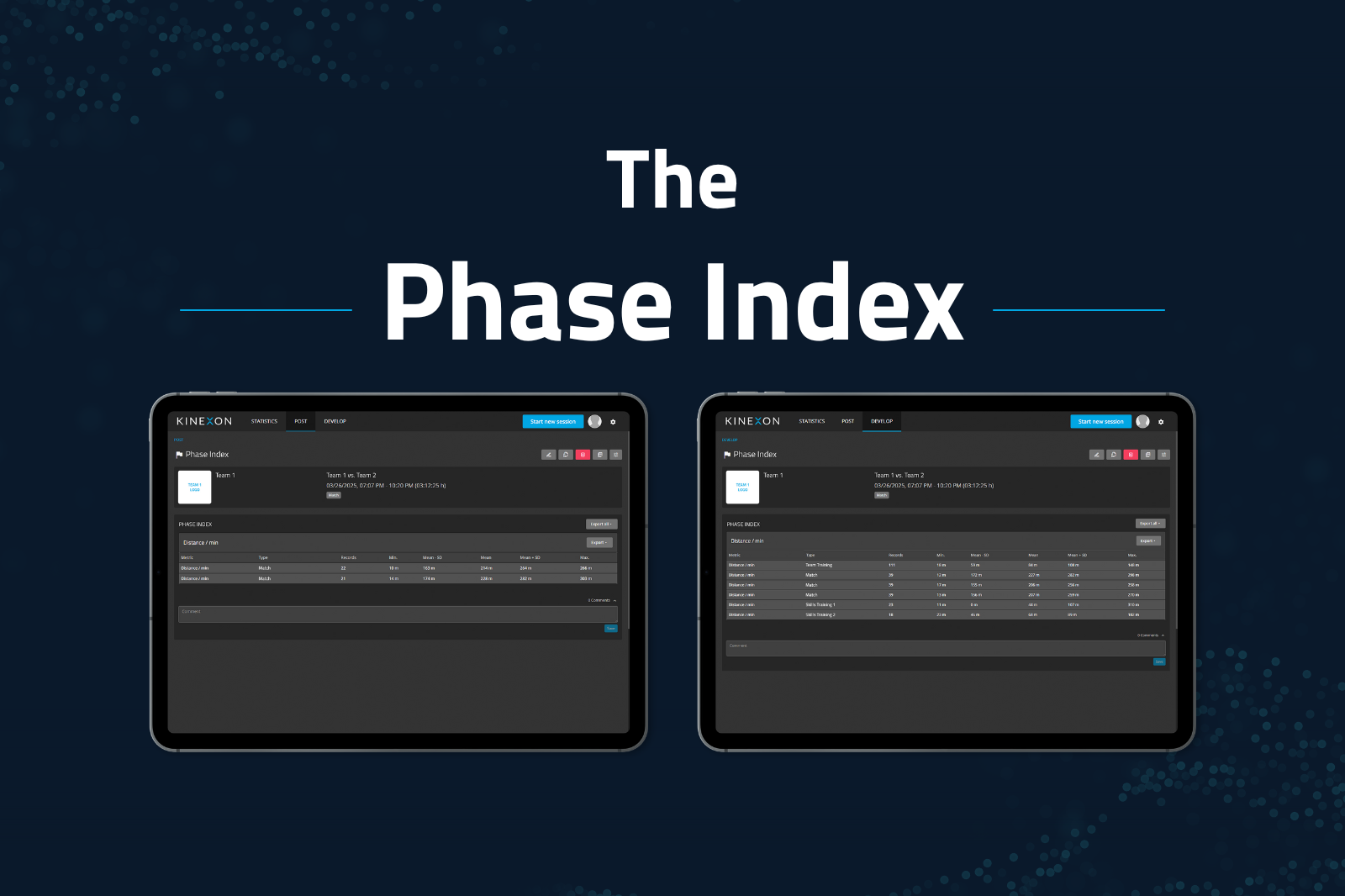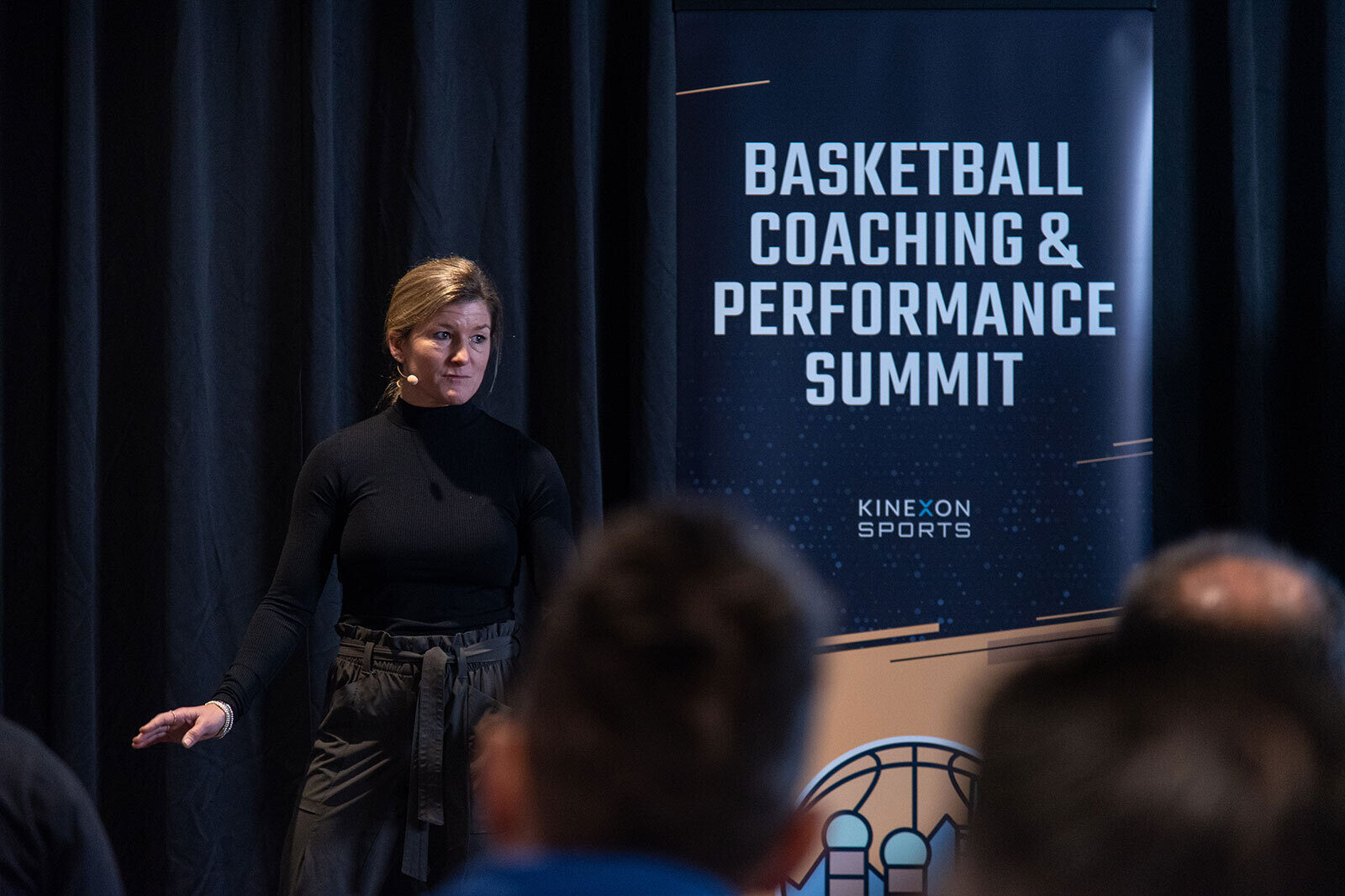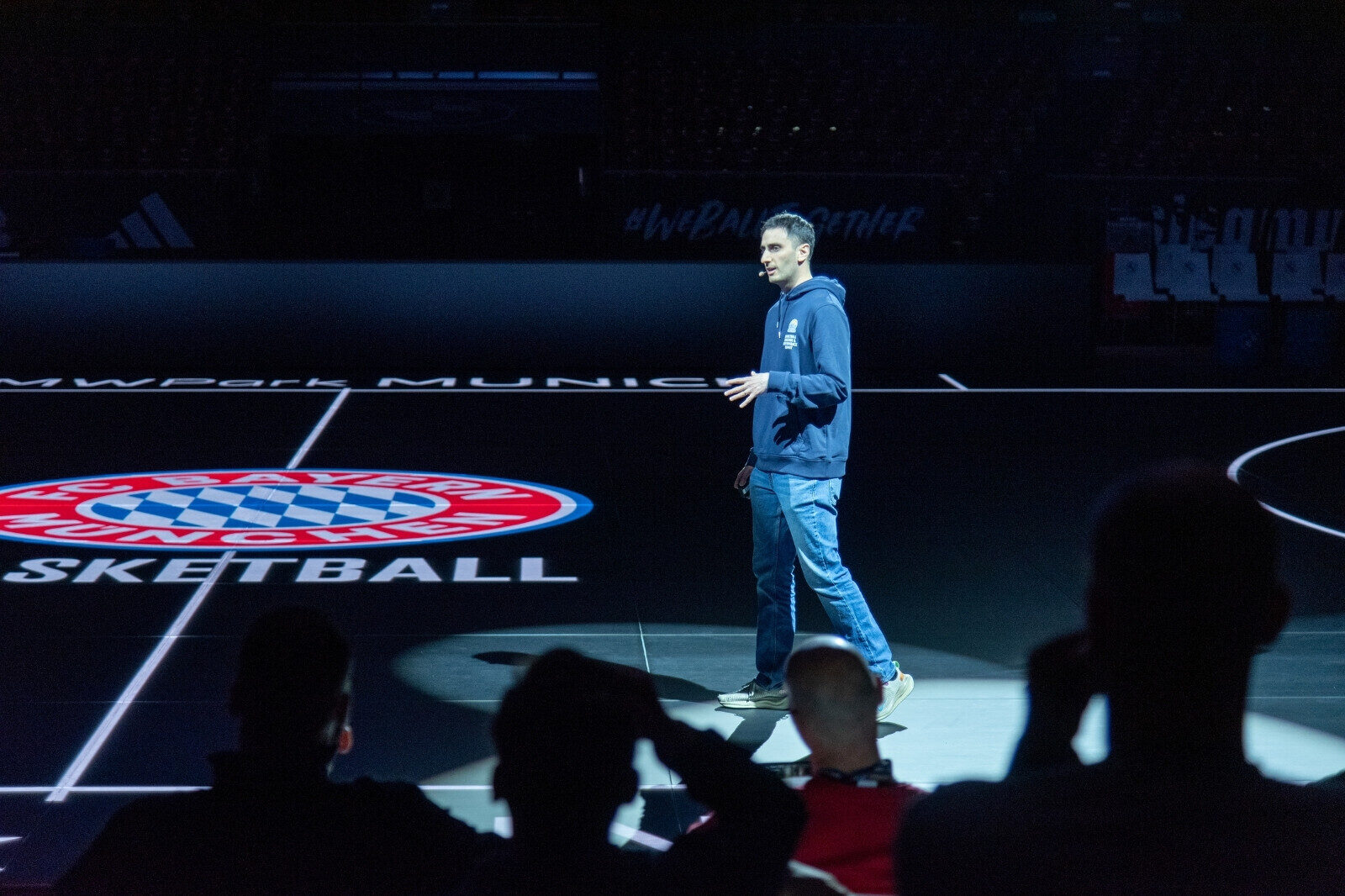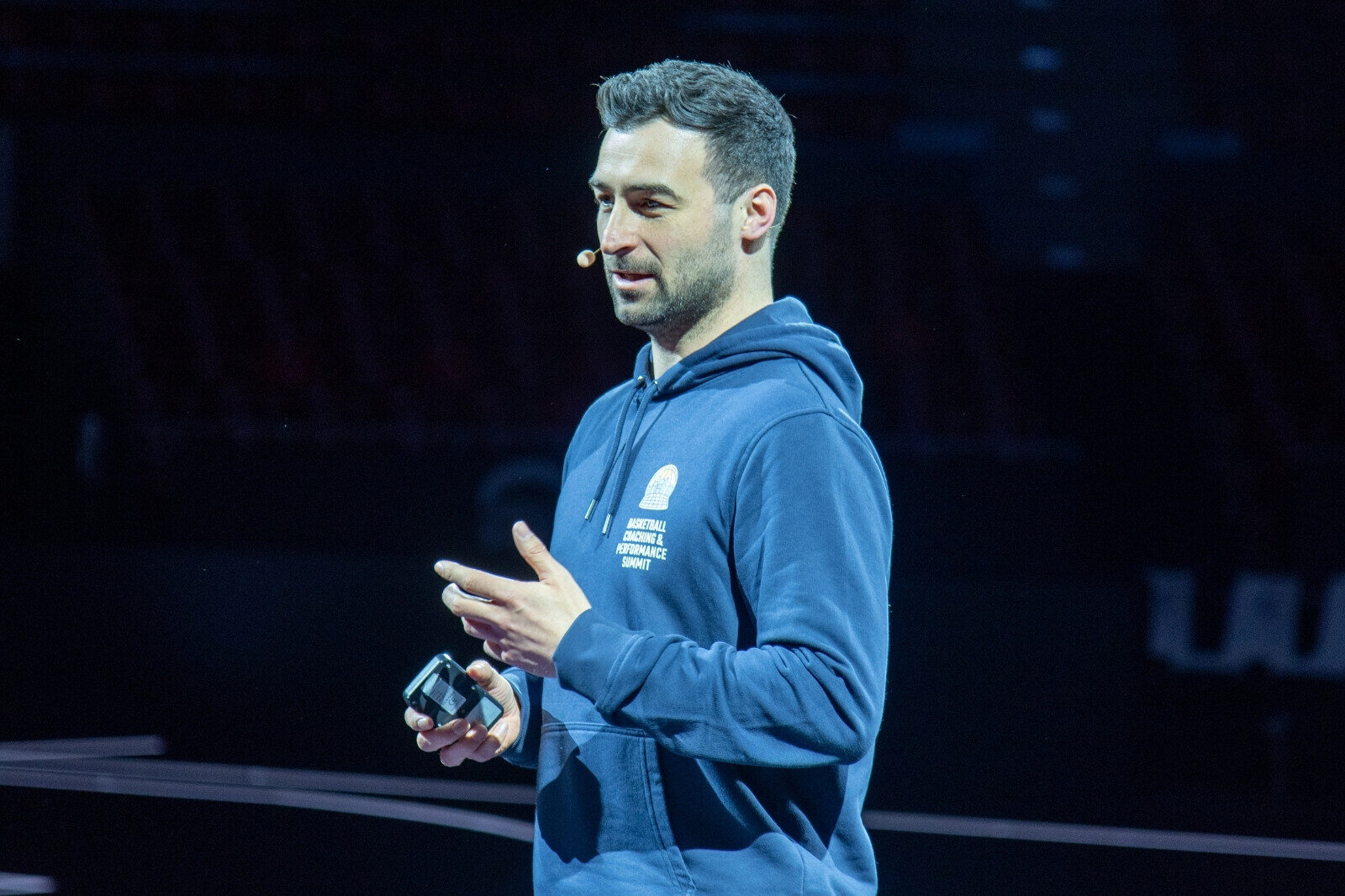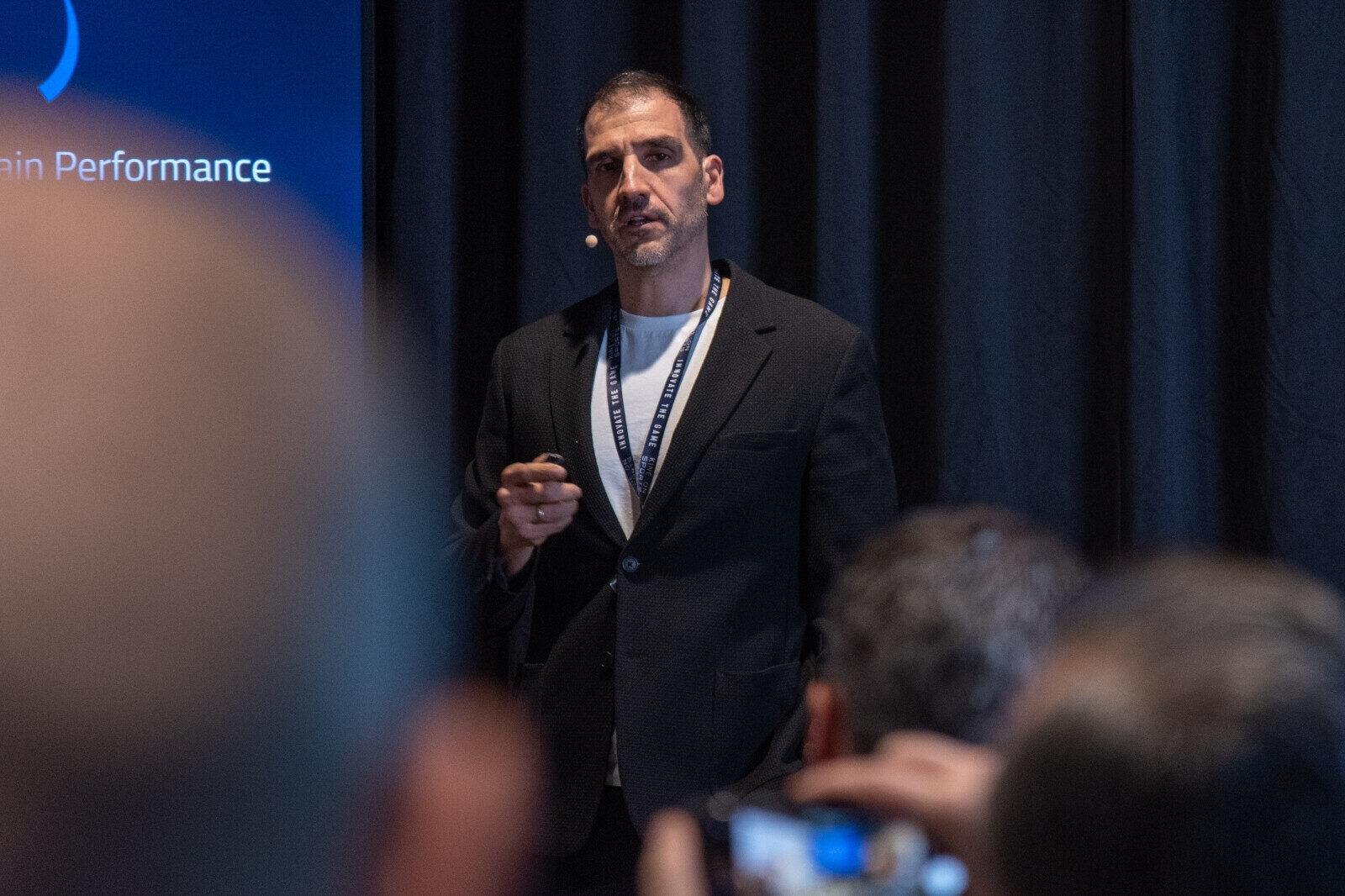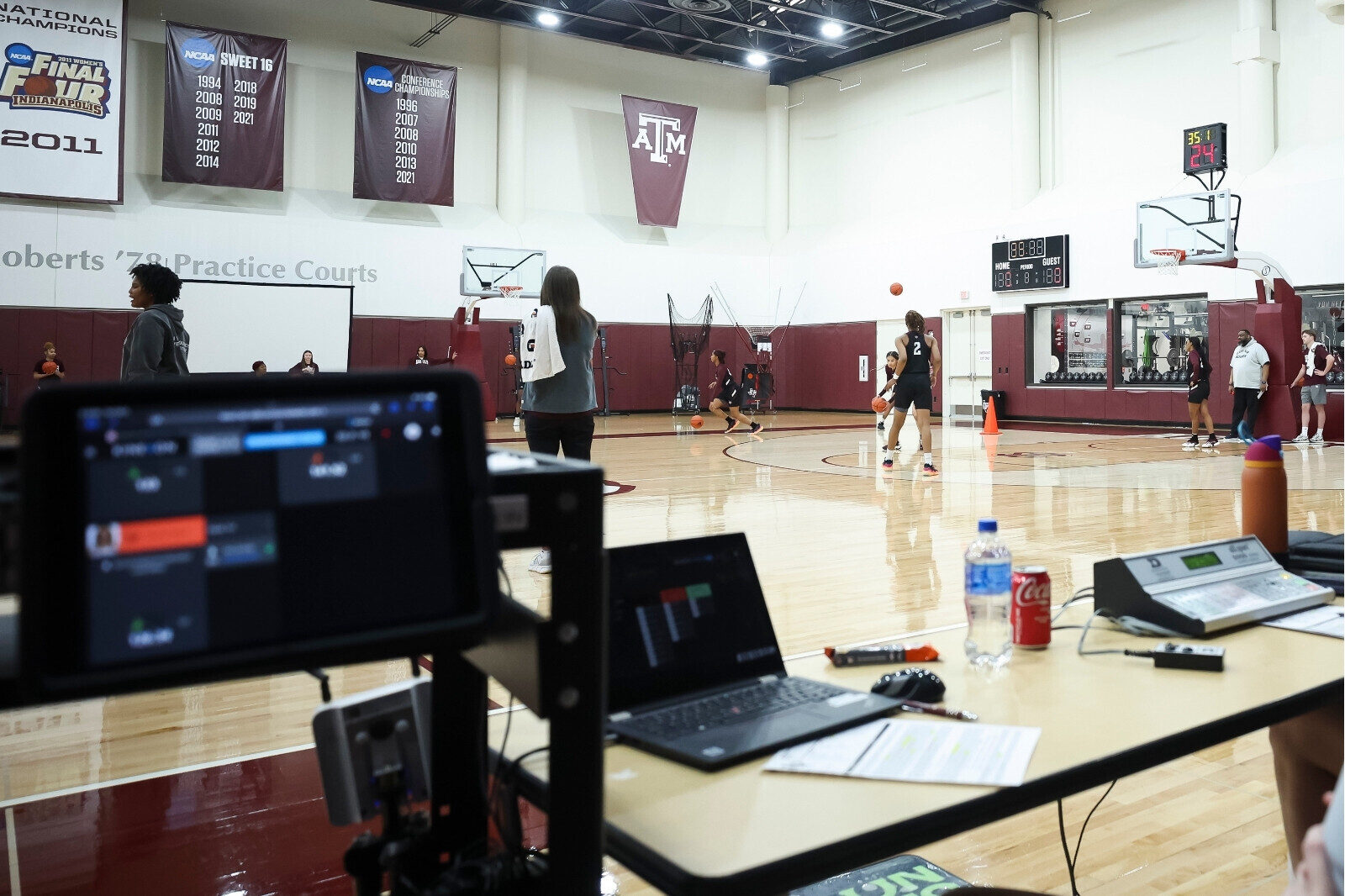What Data-Driven Hockey Software and Puck Data Can Do for Coaches and Players
The power of data in ice hockey is eye-opening. Analytics are enhancing player performance, strategic decision-making, and training development. But those aren’t the only ways data-driven hockey software is reshaping the game.
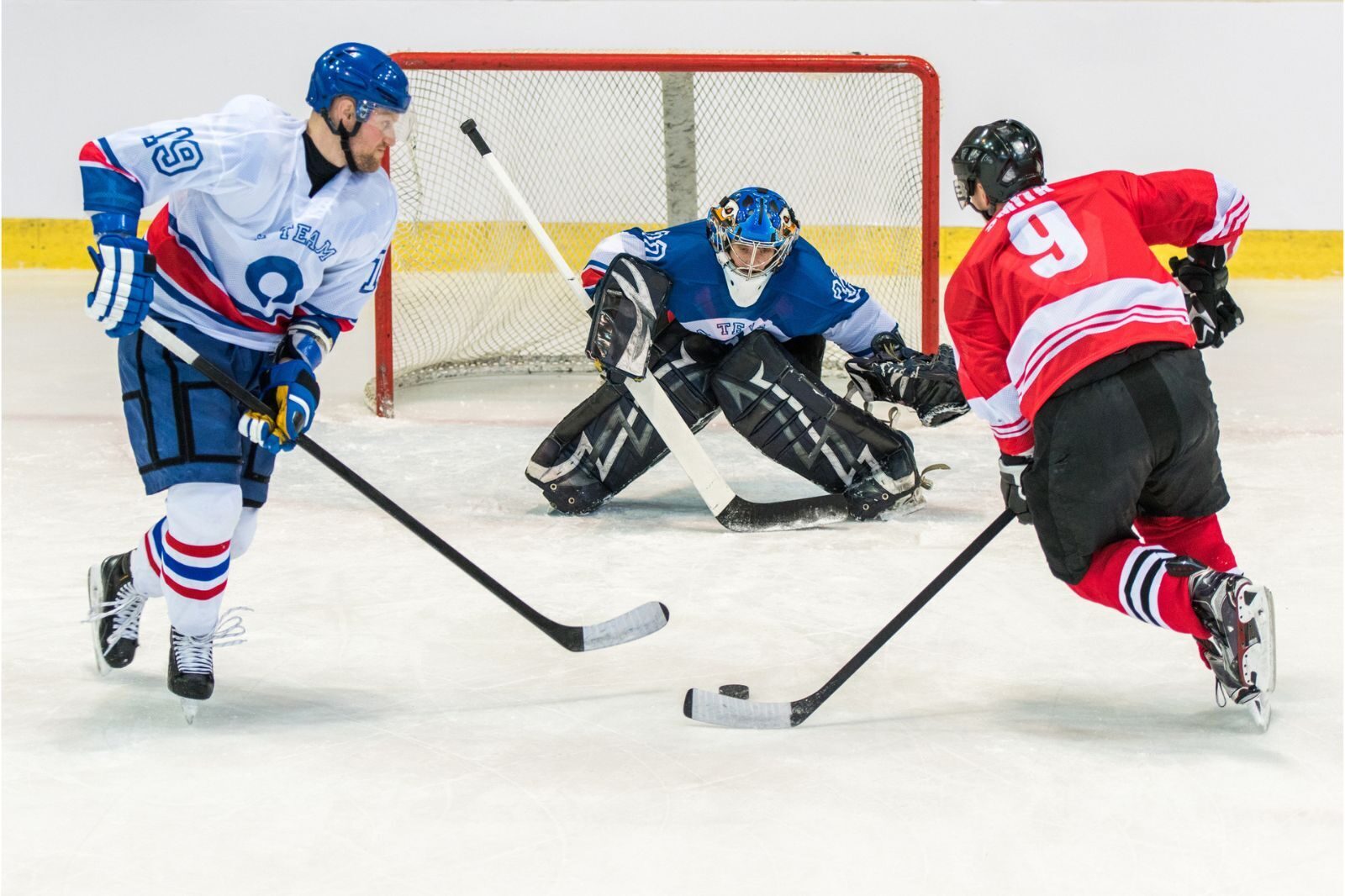
Using a data-driven hockey approach offers a rich tapestry of metrics and statistics that encapsulate player performance, team dynamics, and game trends.
By scrutinizing everything from goal probabilities and shot locations to player efficiency, teams can gain a holistic understanding of the game. Harnessing this data allows teams to:
- Uncover patterns and trends
- Craft strategies to capitalize on opponents’ vulnerabilities
- Boost player development and performance
- Implement real-time modifications during games
Player analytic performance reports can be a key component to accelerated development.

Start Dominating on the Ice with Shift Analysis and High Speed Distances
Player Performance Analysis Minimizes Risks
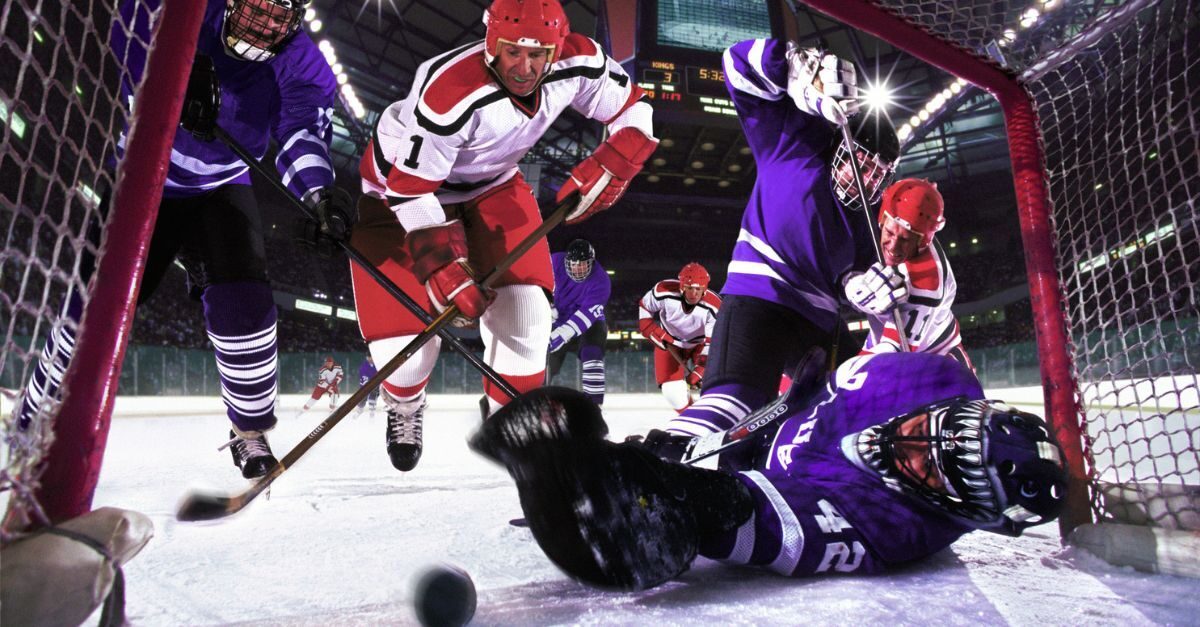
Analytics play a pivotal role in modern ice hockey, especially when evaluating player performance.
Detailed statistical analysis enables teams to gauge individual contributions, pinpoint strengths, and areas for improvement, and streamline player deployment.
By monitoring workload, fatigue patterns and exertion, coaches can make informed decisions, minimize injury risks and better manage return-to-play scenarios.
Quirin Söhnlein is the Head of Performance for the Lausanne Hockey Club. His team is fresh off a season in which it was crowned with a Swiss vice-championship title.
Coach Söhnlein says the speed of the game makes hockey unique and data essential.
“Hockey is the fastest team sport in the world. The puck changes hands hundreds of times in any game, and players move in many different directions. Having data like acceleration and speed is essential for managing the workload of the players,” he said.

“The insights we gain from the data allows us to train our athletes better. We can quickly quantify things we see on the ice, and we know exactly what load we need during training to make sure our players will be able to peak come game time”
In-Game Decision-Making Becomes Easier
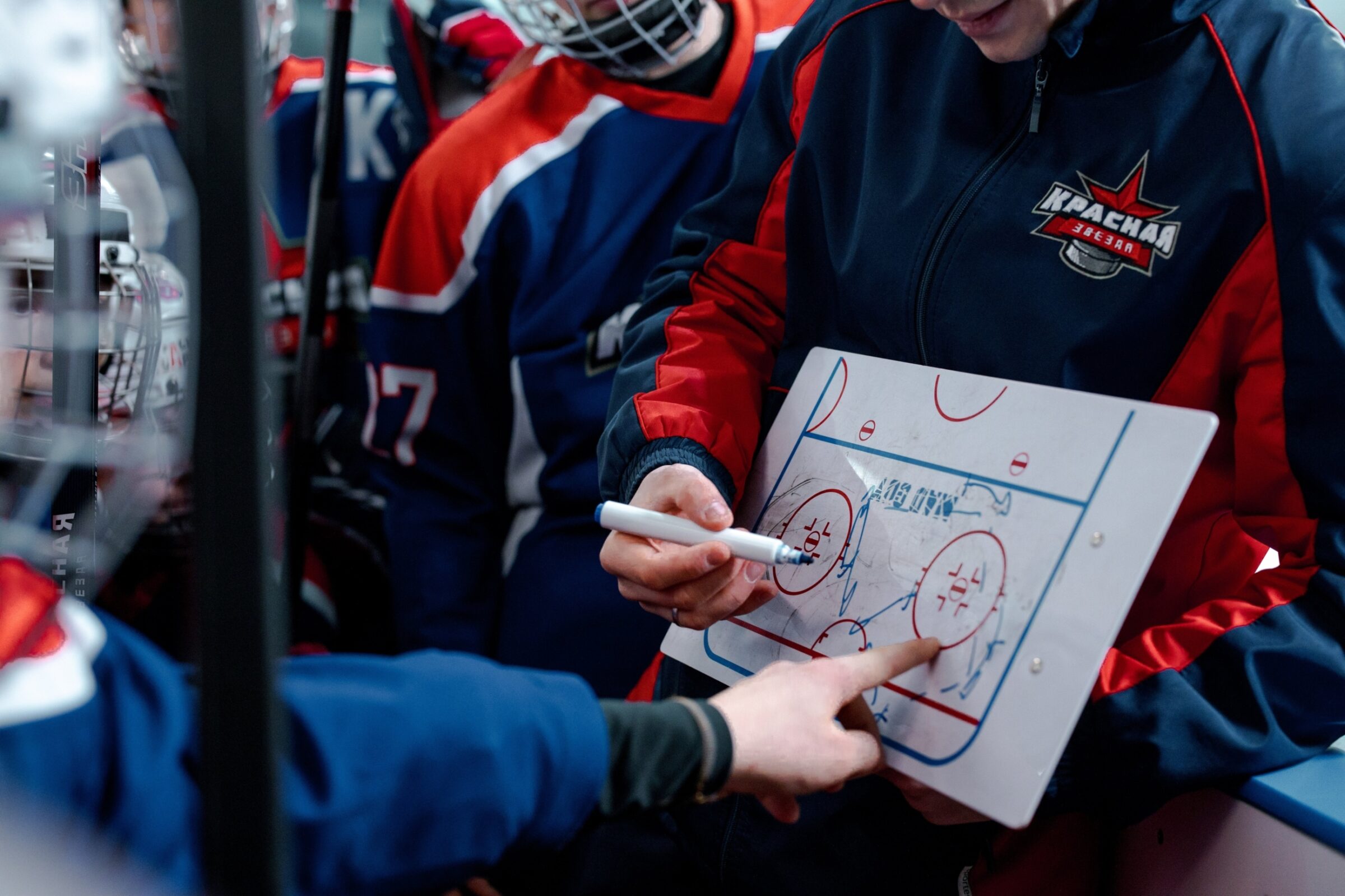
The introduction of real-time hockey analytics is making in-game decision-making easier. Coaches and players can now tap into immediate data on player performance, opponent patterns, and game dynamics, facilitating adaptive strategies and tactical shifts mid-game.
Whether it’s tweaking line combinations, optimizing power plays, or countering defensive strategies, real-time analytics equip teams to stay one step ahead and seize game-changing moments.
“The insights we gain from the data allows us to train our athletes better. We can quickly quantify things we see on the ice, and we know exactly what load we need during training to make sure our players will be able to peak come game time,“ Coach Söhnlein said.
Puck Data Optimizes Training and Development

Beyond informing game strategy, data-driven hockey software plays an integral role in player development and training. By monitoring player movement, speed, puck possession, and other performance metrics, coaches can customize training programs, detect skill gaps, and refine player techniques for peak performance. With data-driven insights steering the training process, players can sharpen their skills, enhance their performance, and reach their full potential on the ice.
KINEXON Sports has LPS sensor technology that can track ice hockey players in real-time with great precision and reliability. Dartfish has a technology that uses artificial intelligence to track the puck. It uses complex calculations to study how the puck moves and how players interact with it. When these two technologies work together, they provide a complete way to understand every move, shot, and strategy in an ice hockey game in detail. This helps us understand the complex aspects of the game better.
This partnership has created a new way to track ice hockey games automatically. They use a high-tech method that combines two types of tracking: Ultra-Wideband (UWB) and optical (light-based). This new method allows for a level of detail in analyzing the game that has never been seen before. It gives teams and people studying the game very detailed information about performance.

